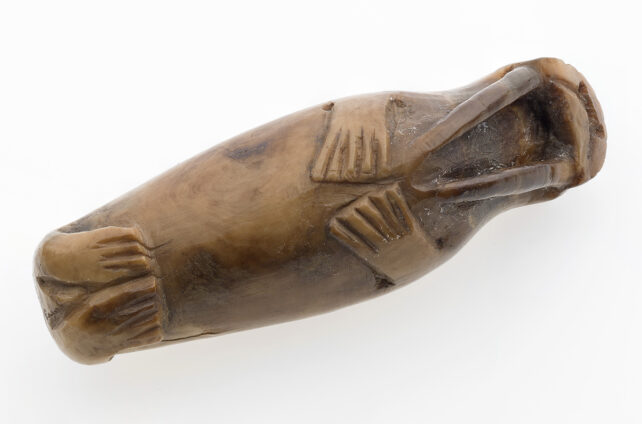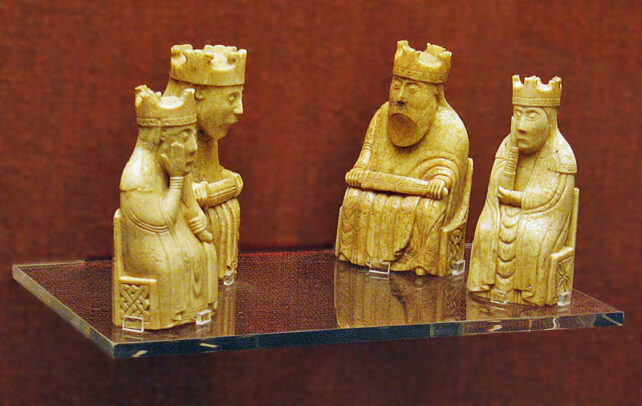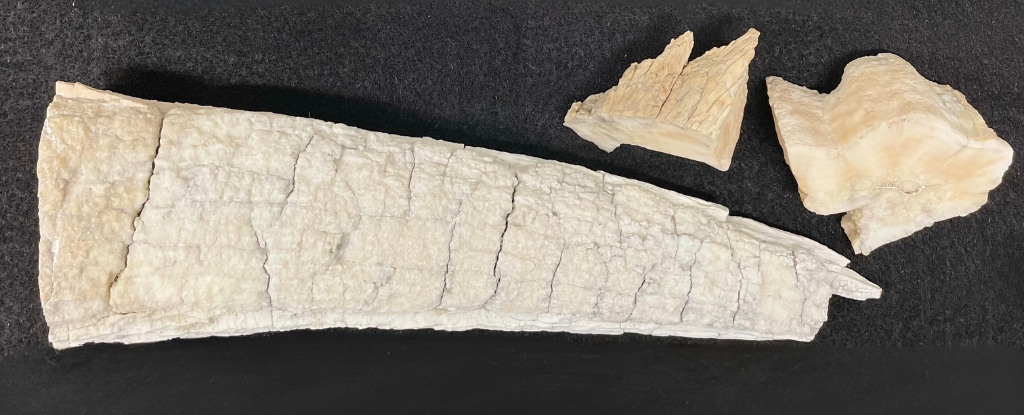The Vikings seem to have gone to the ends of the Earth in their search for precious ivory – quite literally.
The Norse were trading walrus tusks in medieval Europe that have now been traced to the very top of Greenland – well beyond the reach traditionally associated with this seafaring civilization.
A genetic analysis of 31 ivory artifacts, kept at museums across Europe, provides preliminary evidence that the Greenland Norse were searching for walrus tusks in the high Arctic at roughly the same time as the Thule Inuit of North America, and possibly their predecessors, the Tuniit (or Dorset).
Close to half of all the ivory artifacts analyzed were traced back to a population of walruses living between what is now northwest Greenland and Arctic Canada. The main Norse settlements in Greenland were in the southwest.
“We had no idea they were harvesting ivory from such a vast catchment area,” said archaeologist Peter Jordan from Lund University in Sweden in a media release.
“Our emerging results generated more questions than answers, and we struggled to understand precisely how these Norse ivory harvesting operations could have been organized by the small and remote Greenland communities.”
Archaeologist Greer Jarrett from Lund University explains that before making such a voyage, the Greenland Norse would have had to wait for sea ice to retreat, and they would have had a tight window of just 10 weeks in which to do their exploring before the seas froze again.
It would have taken about a month to sail to the top of Greenland, but once there, the crew would have had non-stop daylight under which to hunt or trade.
“Our study does not prove a direct contact between the Norse and Indigenous North Americans, but it shows that they overlapped in space and time in the North Water region in search for the same natural resource: walrus,” ecologist Morten Tange Olsen from the University of Copenhagen told ScienceAlert.
“It is, thus, highly likely that they also met, interacted, and perhaps traded walrus products.”

A larger and more diverse sampling of walrus ivory artifacts will be needed to support that hypothesis, as well as further archaeological research in the high Arctic.
If true, this would be a crucial moment in the history of our species: the first circumnavigation of the planet – coming full circle from our origins out of Africa, into Asia, and across the Bering Strait.
“The extent of their ventures into the High Arctic suggests that the Norse were not just farmers and settlers but also strategic traders deeply involved in long-distance resource extraction,” molecular ecologist Emily Ruiz-Puerta from the University of Copenhagen in Denmark told ScienceAlert.
“Moreover, this activity may have brought them into contact with Arctic Indigenous cultures, such as the Thule people, potentially leading to exchanges that have never been considered before.”
There’s a chance the Thule Inuit or Tuniit may have even hunted the walruses to which these ivory artifacts once belonged.
Unlike Greenland Norse, who sailed in plank-built vessels, and who probably harvested walruses with iron-tipped lances once they’d hauled themselves out of the water, the Thule Inuit used sophisticated harpoons to expertly hunt swimming walruses from open boats, waterproofed with animal skins.
It is unlikely, the researchers say, that the Tuniit or Thule Inuit were harvesting ivory and then voyaging south to trade with the Norse. The Vikings didn’t have much of value to offer the Indigenous peoples of the north to warrant such a big trip.
The Norse, by contrast, had every reason to push northward. In medieval Europe, ivory was a prized possession for the creation of high-status objects, especially for religious reasons.
In Iceland, the disappearance of walruses coincided with Viking colonization, and there are hints of a similar decline occurring when the Norse made it to Greenland in 950 CE. Perhaps resource exploitation is why the Norse ultimately abandoned Greenland in the 1400s, but not before they’d also collected walruses from the very north of the island.

If a surging demand for ivory in Europe is what ultimately drove the Norse and the Thule Inuit into each other’s orbits, then researchers argue these are some of the earliest steps towards globalization of supply chains.
“It has echoes of global capitalism sucking up remote resources with devastating consequences,” the authors of the study explain.
But the Indigenous perspective should not be overlooked, they argue.
“Thus far, it is all a very ‘Eurocentric’ story about Norse expansion and colonization… ” explains Jarrett.
“The reality is more nuanced and interesting. It all needs a big rethink and a lot of new research.”
The study was published in Science Advances.





